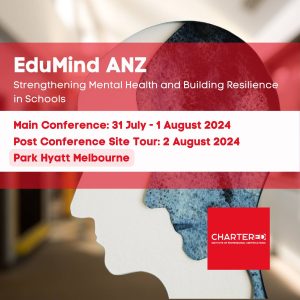Passive playgrounds are a relatively new concept in the world of recreational spaces for children. Unlike traditional playgrounds filled with swings, slides, and climbing structures that encourage physical activity, passive playgrounds take a different approach: they’re intentionally designed to promote calmness, creativity, and sensory exploration, rather than active play.
Who are passive playgrounds for?
Passive playgrounds feature design elements intended to engage young children and encourage imaginative play. These features may include sand and water play areas, soft materials for sitting and lounging, calming colours, quiet corners, and interactive sculptures or art installations.
For children with sensory processing disorders or autism, the spaces are particularly inclusive, as they provide a soothing and non-overstimulating setting where children and their parents, carers or educators can comfortably spend time in a relaxed outdoor environment.
Early childhood educator Elizabeth Michelle told The Bursar “passive playgrounds should have been around years ago”.
“There are many children who benefit from these, along with the guidance and supervision of an educator, or even older children,” she says.
Benefits of passive playgrounds
Sensory development
Passive playgrounds stimulate sensory development by offering tactile, visual, and auditory experiences. Sand, water, textured surfaces, and purpose-designed installations provide opportunities for children to explore in a controlled environment.
Inclusivity
The lack of physically demanding equipment means they are well-suited for children of varying abilities and helps ensure that children with mobility issues can participate without feeling left out.
Cognitive and imaginative play
Imaginative play and creativity are encouraged, as children can engage in open-ended activities, such as building with soft blocks, drawing with chalk, or creating stories with rocks, leaves and other natural elements.
Relaxation and mindfulness
Calm, quiet spaces promote relaxation and mindfulness (for both children and adults), making them ideal for unwinding and escaping the hustle and bustle of school life.
Design notes for passive playgrounds
As these spaces aren’t suitable for older children or teenagers who require more challenging and stimulating activities to stay engaged, they need to be thoughtfully positioned in the context of the overall school layout.
Sand and water features may require more maintenance to ensure cleanliness and safety and, Ms Michelle adds, “While these playgrounds have remarkable advantages, it’s important to ensure they don’t isolate students from social interactions”.
“Integration is key,” she told The Bursar. “Encouraging peer interactions through supervised activities or buddy systems can promote social growth while respecting each student’s comfort level.”








